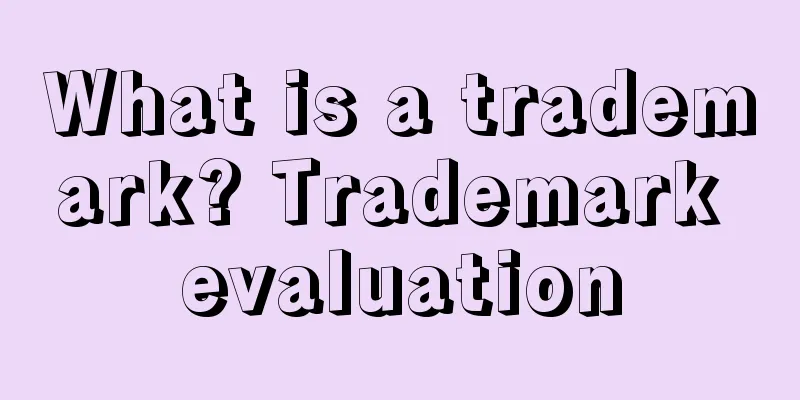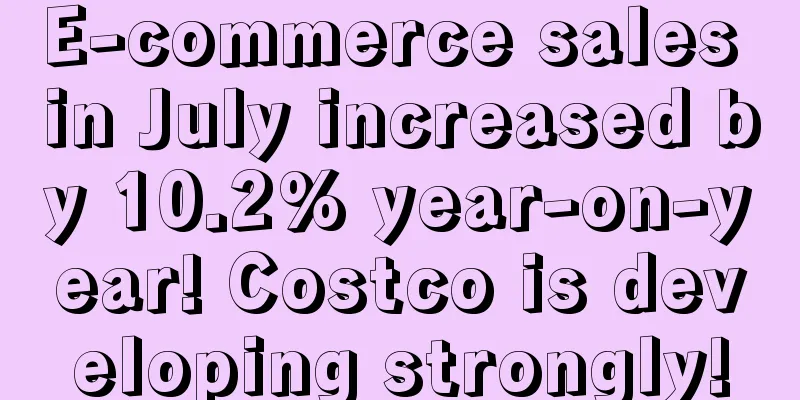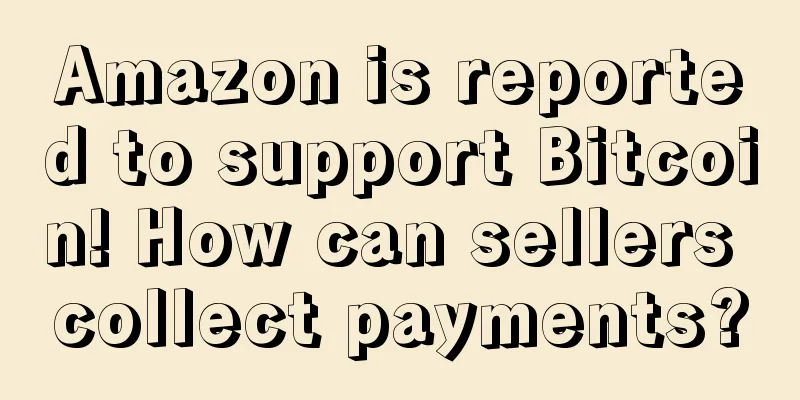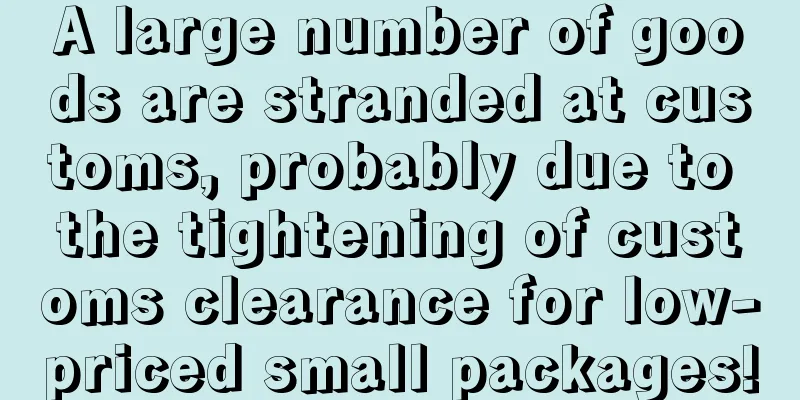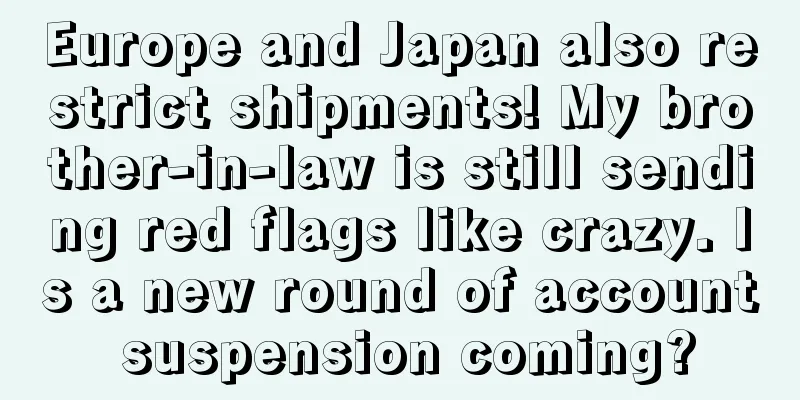|
Not long ago, Amazon released its first quarter financial report for 2024. During the reporting period, its net sales were US$143.313 billion and its net profit reached US$10.4 billion. Its revenue and profit in the first quarter were better than expected. Although Amazon pointed out that its performance growth was mainly driven by the growth of advertising and AWS cloud computing business, in view of the increasing operating costs, many sellers have joked: If Bezos becomes the world's richest man again in the future, it will be due to the hard work of the sellers here. Judging from the new round of fee change notifications, Amazon’s US price increase scythe seems to have once again ruthlessly cut into sellers’ profits.
It is learned that on March 13, Amazon issued an announcement on "Changes in Return Processing Fees in 2024": Starting from June 1, 2024, Amazon will charge a return processing fee for products with higher return rates in each category (except clothing and footwear) to solve the operating costs of returns and reduce waste. During the May Day holiday, Amazon further disclosed the return rate threshold and specific charging standards mentioned in the fee , causing an uproar in the industry. The key points about the change of return processing fee are as follows: 1. Scope of application - All returned items in the apparel and footwear categories
Items with a return rate above a certain threshold in each category, except apparel and footwear Currently, it is only applicable to the US site. Sellers in Canada, Japan and other sites have not received relevant information yet.
Take the product category with a return threshold of 10% as an example: In June, the seller delivered 1,000 items to the buyer. In June, July, and August, 120 of the 1,000 items were returned. Therefore, returns of more than 100 items in the month of delivery and the following two months will incur a return processing fee. That is, out of the 120 items returned, the seller needs to pay the return processing fee for 20 items. This fee will be charged between September 7 and 15. 2. Scope of exemption 3. Return rate threshold According to the "Return Processing Fee" announced by Amazon, this fee applies to products with a return rate higher than a certain threshold. Therefore, for sellers, the higher the return rate threshold, the lower the risk of paying the return processing fee , and vice versa. As shown in the figure, there are 11 categories with a return rate threshold higher than 10%, including Amazon device accessories, backpacks, handbags and luggage, small appliances, computers, consumer electronics, glasses, full-size appliances, jewelry, pet supplies, video game consoles, and watches; Categories with return rate thresholds below 6% include beauty and personal care, art, food, media products, office supplies, toys and games, and other categories. The lowest is in the food category, at only 2.9%. Additionally, for apparel and footwear products, Amazon does not set a threshold and charges a return processing fee for each item returned by a buyer. 4. Fee Standard
For example, for a small standard-size product , a mobile device case that measures 13.8 x 9 x 0.7 inches and ships in the 2 to 4 ounces (excluding 2 ounces) range, the return processing fee for each unit that exceeds the return rate threshold is $1.84. For example, for a large standard-size item , a plate measuring 13.9 x 11.1 x 0.7 inches with a shipping weight range of 12 to 16 ounces (excluding 12 ounces), the return processing fee for each unit that exceeds the return rate threshold is $3.39. It is understood that Amazon previously charged a return processing fee for clothing and footwear products, and this fee change means that, in addition to clothing and footwear products, all other products will also be charged a return processing fee if the return rate is higher than the specified threshold. In other words, the relevant sellers will pay additional fees for each returned product that exceeds Amazon's standards. In addition, it is worth mentioning that although Amazon stated that the fee will not take effect until June 1, many sellers have observed that since May, a number of products have been labeled with high return rates, and it is suspected that Amazon is "laying the groundwork" for the subsequent collection of return processing fees.
According to a Doddle survey, in recent years, the global cross-border online shopping return rate has reached 30% , and retailers lose about $100 billion in returns each year. Among them, the online shopping return rate in the United States has continued to rise, jumping from 20.8% in 2021 to 52% in 2023, exacerbating the return cost burden of American online retailers. In this situation, Optoro's survey found that in order to meet the challenges of rising return costs, major retailers have been adjusting their return strategies since 2023, including adding additional return locations, charging return fees, allowing customers to keep certain returned items, combating fraud, and providing online return portals. Amazon also pointed out that the change in return processing fees is mainly to solve the cost of returns and reduce waste. However, for sellers selling non-clothing and non-shoe products, this fee will undoubtedly further reduce the sellers' already tight profit margins. Therefore, once the news of the change was released, it aroused the indignation of many sellers: “Amazon is raising costs again in disguise…” “It just keeps cutting, wave after wave.” "I calculated my product with the highest return rate, and that product exceeded the threshold by 14%, and they charged me $7 in return processing fees for each product. Why not just buy it directly?" It is worth mentioning that in March last year, Amazon launched a new feature called "Frequently Returned Items" label, marking multiple products with high return rates. Judging from the implementation results, it seems to be beneficial to the platform in reducing return costs, but it has led to a decline in sales of products of many sellers that have been labeled. In recent days, many sellers have observed that after Amazon announced this fee change, products with return rates higher than the threshold have been labeled with high return rate labels, affecting product conversion rates and sales. ▲ The picture comes from the social platform, please delete if it infringes There are even reports that from June 1, all products with return rates above the threshold may face the risk of being labeled as "high return rate", resulting in a decrease in buyers' purchasing desire and a sharp drop in sales. However, as of press time, Amazon has not responded to the news or issued any relevant notification, so there is no need to worry too much for the time being. For Amazon sellers, the top priority is to pay attention to the return rate threshold of the categories they sell , make timely adjustments, pay attention to product quality, packaging, and pictures, and provide efficient customer service to improve buyer satisfaction and minimize the return rate. What do you think of this fee change? Welcome to discuss in the comments section~
|

